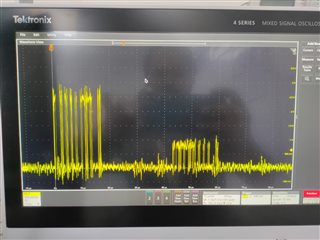Other Parts Discussed in Thread: ISO7762, SN74LVC2G125
Hi Team,
I have connected 2 ADC with one MCU as per below configurations.

When we tried to read ADC, only one ADC is reading and other is not?
ADC: ADS131M08
Isolator: ISO7762
Schematics Snapshot:
Can you please help why it is happening?






